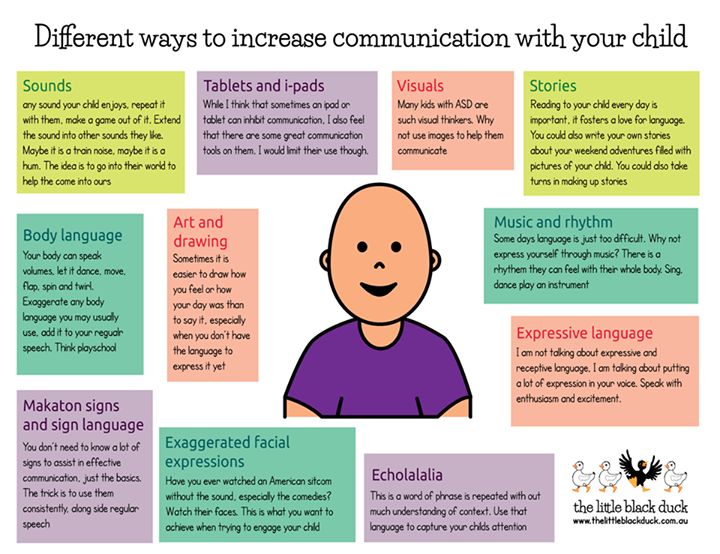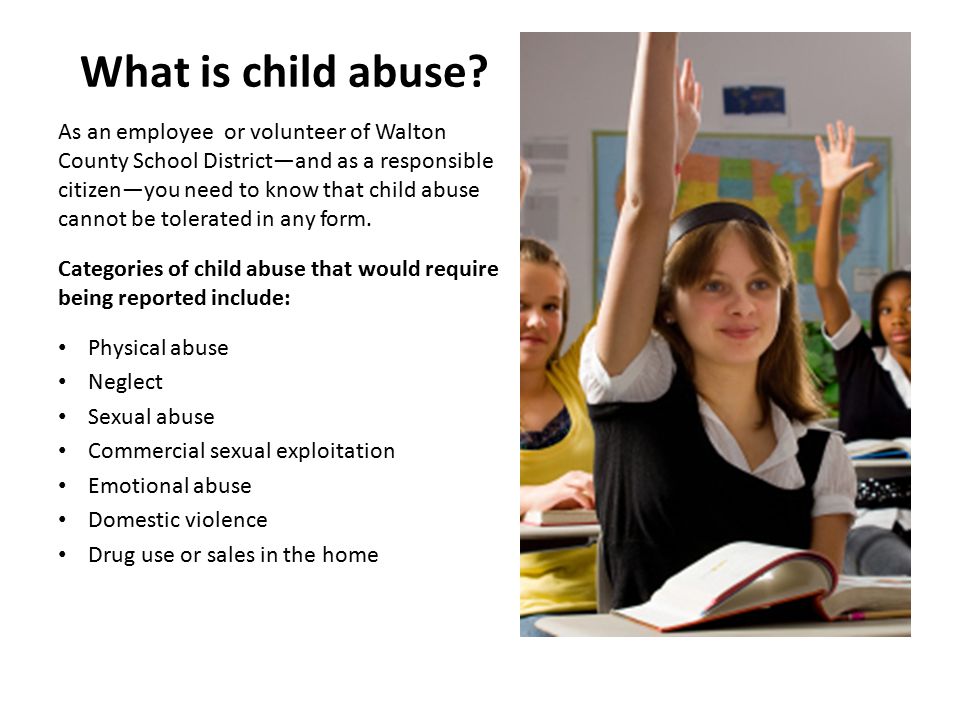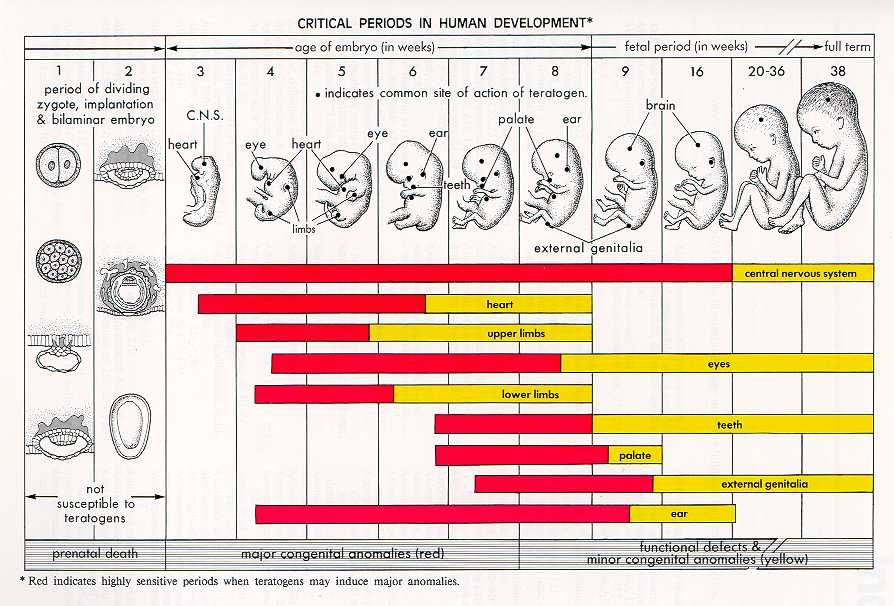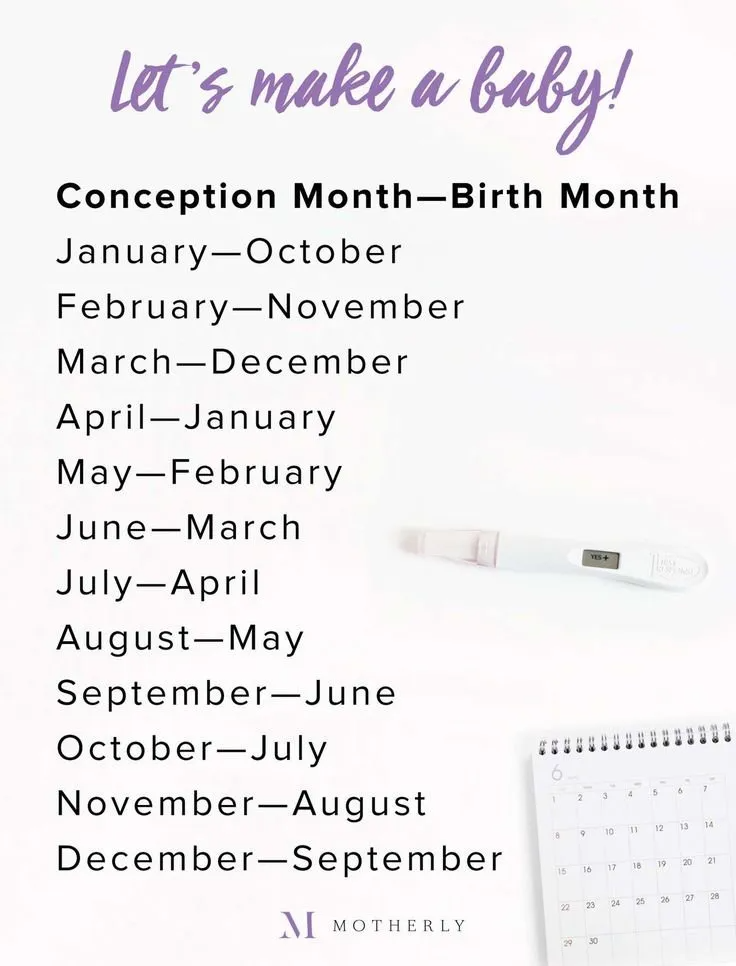How to read with your child
Fun and Effective Ways to Read With Children
On this page
- Reading to 0-3 year olds
- Reading with preschoolers
- Reading with elementary school kids
Experts believe that reading to your child every day is one of the most important things parents can do.
Here are ideas for using this reading time to build your child's literacy skills while keeping it fun for both of you. Click below for ideas if your child is:
- 0-3 years old
- in preschool, Head Start, or day care
- in elementary school
If you are more comfortable with Spanish, then please read to your child in Spanish. This will not delay his or her learning of English.
For a list of great books to read with your child, see the Books & Authors section. It also has information on how to borrow books from the public library for free.
Reading to 0-3 year olds
Make reading a part of every day
Try to read to your child for at least 15 minutes each day. Bedtime is an especially good time to read together. You can read in Spanish or English.
Hold your child while you read
Sit with your child on your lap as you read. Let him or her hold the book and help turn the pages.
Read with fun in your voice
Use your face, body, and voice to make reading fun. Use different voices for different characters.
Know when to stop
If your child loses interest or has trouble paying attention, just put the book away for a while. A few minutes of reading is ok. Don't continue reading if your child is not enjoying it. With practice, your child will be able to sit and listen for a longer time.
Talk about the pictures
Point to the pages and talk about the pictures in the book. Ask your child to look at the pictures for clues to what the story is about.
Show your child the words
As you read the book, run your finger along the bottom of the words. Soon your child will realize it is the words that are read and not the pictures.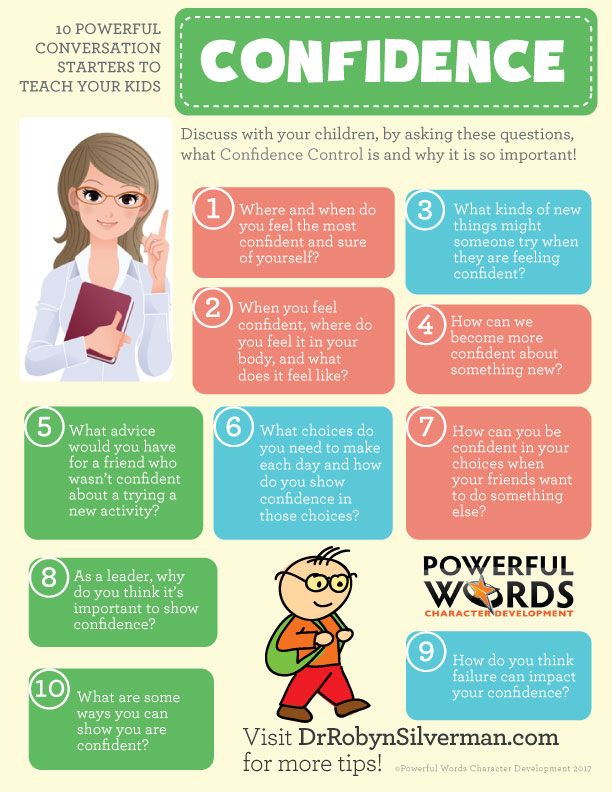 If you're reading a book in Spanish, feel free to let your child know the English version of a word. Say something like "Perro is called dog in English."
If you're reading a book in Spanish, feel free to let your child know the English version of a word. Say something like "Perro is called dog in English."
Reading with preschoolers
Say how much you enjoy reading together
Tell your child how much you enjoy reading with him or her. Talk about "story time" as the favorite part of your day.
Surround your child with books
Try to have books in your home for your child to read. Books from a bookstore can be expensive, but there are places where you can get inexpensive books, such as second hand bookstores, garage sales, thrift shops, and library book sales. And of course, borrowing books from the library is free!
Let your child choose
Let your child pick out his or her own books. Letting your child read what interests him or her is one way that reading becomes fun.
Make reading special
Do things that will make books and reading seem special. Help your child get his or her own library card, buy books and books-on-tape as gifts, and use books as rewards.
Show your child the parts of a book
Look at the cover of the book. Talk about what the book might be about. Look at the page numbers. Tell your child who the author is and who the illustrator is.
Show how we read words on a page
Point out how we read words on a page from left to right and from top to bottom. Explain that words are separated by spaces.
Ask your child questions
Discuss what's happening in the story and point out things on the page. Ask your child questions such as: "What do you think will happen next?" or "What is this?"
Let your child ask you questions
If your child asks a question, stop and answer even if it interrupts the story. Find ways to talk about how the story relates to your child's life.
Read it again and again
Your child may want to hear a favorite story over and over. Go ahead and read the same book for the 100th time! This is beneficial for your child.
Let your child tell you the story
Many children memorize stories they've heard many times.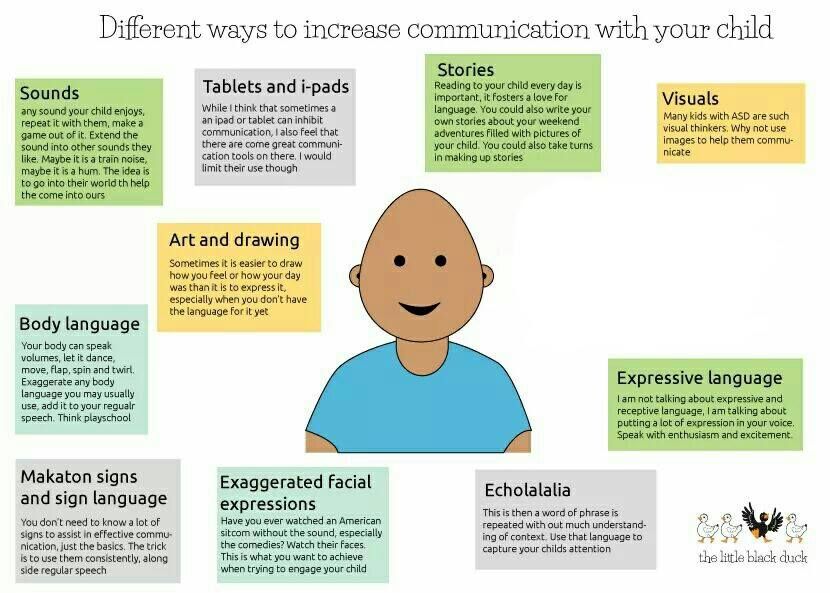 Let your child take a turn "reading" the book to you.
Let your child take a turn "reading" the book to you.
Talk about punctuation
Explain that punctuation is a way to show how we talk. You can say, for example, "When we talk, we usually pause a little bit at the end of a sentence. The way we show this in writing is to use a period."
Use books on tape
If you don't know English and would like for your child to hear stories in English, you can borrow books from the library that have audiocassettes, or CDs. Your child can listen to a story being read on tape as he or she follows along in the book. Or use computer programs such as Just Grandma and Me that highlight words on the screen as a voice speaks. Children can choose to hear the story and play the games in English, French, German, or Spanish.
Reading with elementary school kids
Encourage your child to read another one
Find ways to encourage your child to keep reading. If he or she likes one book, find another book with a similar subject or by the same author.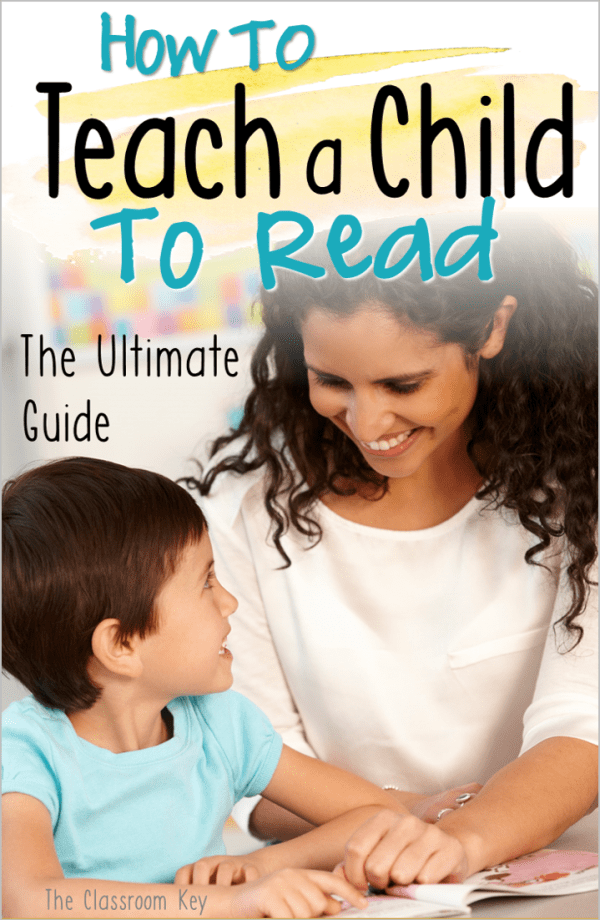 Ask a librarian or teacher for book suggestions.
Ask a librarian or teacher for book suggestions.
Take turns reading
Once your child can read, have him or her read aloud to you every day. You can take turns – you read one page and your child the next.
Make connections to your child's life
Help your child make connections between what he or she reads in books and what happens in life. If you're reading a book about a family, for example, talk about how what happens in the story is the same or different from what happens in your family.
Give your child an incentive to read
At bedtime, encourage your child to read. Offer a choice between reading or sleeping. Most kids will choose to read, as long as you don't offer something more tempting (like TV).
Try different types of books and magazines
Encourage your child to read different types of books, articles, or stories. Some kids, especially boys, prefer nonfiction books. Others like children's magazines.
Turn on the closed captioning on your television
When watching a television show with your child, try turning on the closed captioning channel.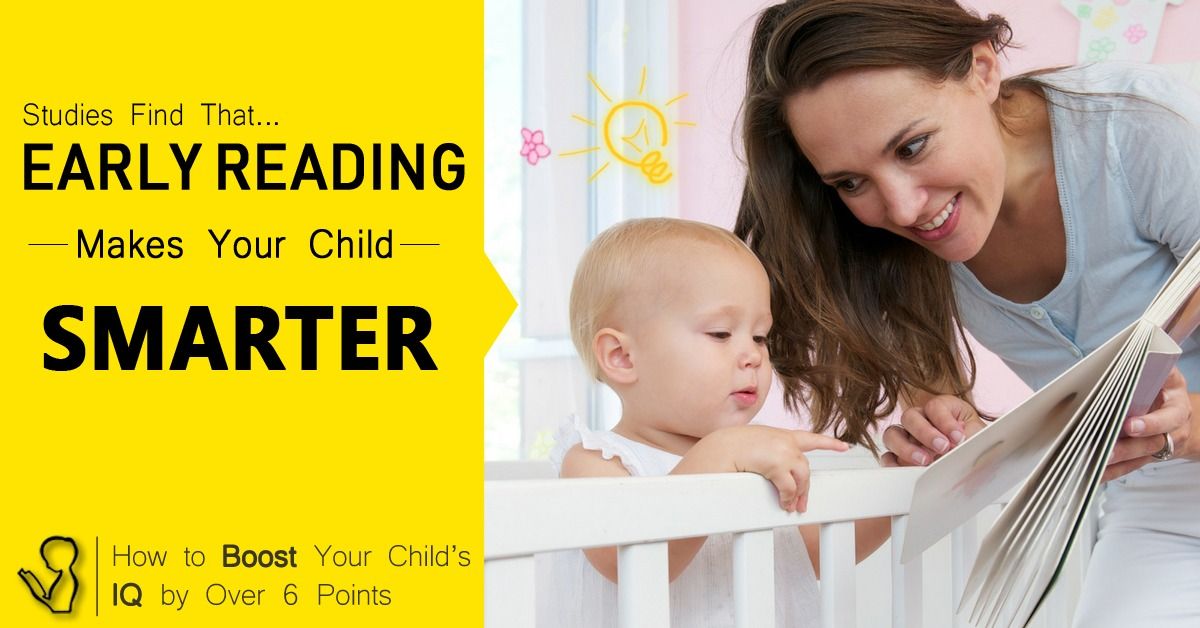 This shows the words the characters are speaking on the television screen. Some people find it's a good way to learn English!
This shows the words the characters are speaking on the television screen. Some people find it's a good way to learn English!
Reprints
You are welcome to print copies or republish materials for non-commercial use as long as credit is given to Colorín Colorado and the author(s). For commercial use, please contact [email protected].
Major support provided by our founding partner, the American Federation of Teachers, AFL-CIO.
With generous support provided by the National Education Association.
ADVERTISEMENT
Most Popular
10 Strategies for Building Relationships with ELLs
Culturally Responsive Instruction for Holiday and Religious Celebrations
Language Objectives: The Key to Effective Content Area Instruction for English Learners
Supporting ELLs in the Mainstream Classroom: 12 Strategies for Language Instruction
Tweets by @ColorinColorado
Reading with Your Child | Reading Rockets
By: Bernice Cullinan, Brod Bagert
There is no more important activity for preparing your child to succeed as a reader than reading aloud together.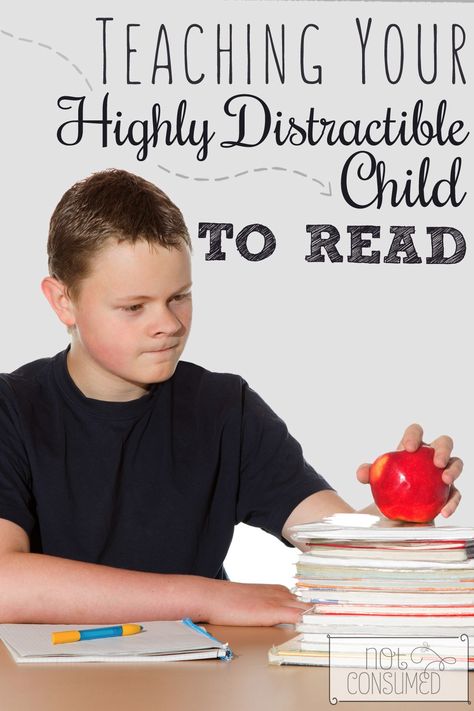 Fill your story times with a variety of books. Be consistent, be patient, and watch the magic work.
Fill your story times with a variety of books. Be consistent, be patient, and watch the magic work.
It's no secret that activities at home are an important supplement to the classroom, but there's more to it than that. There are things that parents can give children at home that the classrooms cannot give.
Start young and stay with it
At just a few months of age, an infant can look at pictures, listen to your voice, and point to objects on cardboard pages. Guide your child by pointing to the pictures, and say the names of the various objects. By drawing attention to pictures and associating the words with both pictures and the real-world objects, your child will learn the importance of language.
Children learn to love the sound of language before they even notice the existence of printed words on a page. Reading books aloud to children stimulates their imagination and expands their understanding of the world. It helps them develop language and listening skills and prepares them to understand the written word. When the rhythm and melody of language become a part of a child's life, learning to read will be as natural as learning to walk and talk.
When the rhythm and melody of language become a part of a child's life, learning to read will be as natural as learning to walk and talk.
Even after children learn to read by themselves, it's still important for you to read aloud together. By reading stories that are on their interest level, but beyond their reading level, you can stretch young readers' understanding and motivate them to improve their skills.
It’s part of life
Although the life of a parent is often hectic, you should try to read with your child at least once a day at a regularly scheduled time. But don't be discouraged if you skip a day or don't always keep to your schedule. Just read to your child as often as you possibly can.
If you have more than one child, try to spend some time reading alone with each child, especially if they're more than two years apart. However, it's also fine to read to children at different stages and ages at the same time. Most children enjoy listening to many types of stories.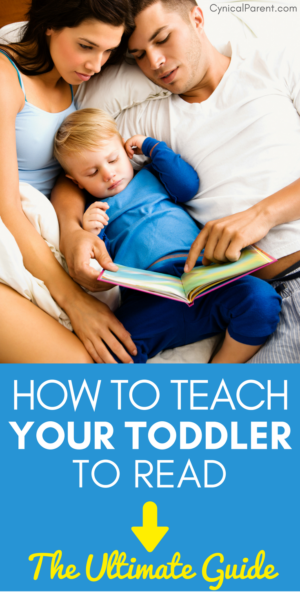 When stories are complex, children can still get the idea and can be encouraged to ask questions. When stories are easy or familiar, youngsters enjoy these "old friends" and may even help in the reading.
When stories are complex, children can still get the idea and can be encouraged to ask questions. When stories are easy or familiar, youngsters enjoy these "old friends" and may even help in the reading.
Taking the time to read with your children on a regular basis sends an important message: Reading is worthwhile.
One more time
You may go through a period when your child favors one book and wants it read night after night. It is not unusual for children to favor a particular story, and this can be boring for parents. Keep in mind, however, that a favorite story may speak to your child's interests or emotional needs. Be patient. Continue to expose your children to a wealth of books and eventually they will be ready for more stories.
Talking about stories
It's often a good idea to talk about a story you are reading, but you need not feel compelled to talk about every story. Good stories will encourage a love for reading, with or without conversation. And sometimes children need time to think about stories they have read.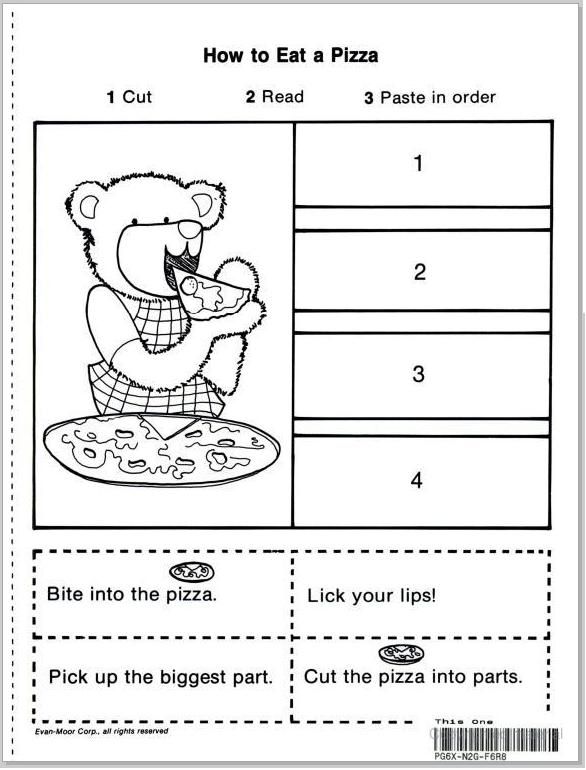 A day or so later, don't be surprised if your child mentions something from a story you've read together.
A day or so later, don't be surprised if your child mentions something from a story you've read together.
Remember when you were very young
It will help, however, if we open our eyes to some things adult readers tend to take for granted. It's easier to be patient when we remember how much children do not know. Here are a few concepts we adults know so well we forget sometimes we ever learned them.
- There's a difference between words and pictures. Point to the print as you read aloud.
- Words on a page have meaning, and that is what we learn to read.
- Words go across the page from left to right. Follow with your finger as you read.
- Words on a page are made up of letters and are separated by a space.
- Each letter has at least two forms: one for capital letters and and one for small letters.
These are examples of hieroglyphics.
Imagine how you would feel if you were trying to interpret a book full of such symbols. That's how young readers feel. But, a little patience (maybe by turning it into a puzzle you can solve together) is certain to build confidence.
That's how young readers feel. But, a little patience (maybe by turning it into a puzzle you can solve together) is certain to build confidence.
Advertise the joy of reading!
Our goal is to motivate children to want to read so they will practice reading independently and, thus, become fluent readers. That happens when children enjoy reading. We parents can do for reading what fast food chains do for hamburgers? ADVERTISE! And we advertise by reading great stories and poems to children.
We can help our children find the tools they need to succeed in life. Having access to information through the printed word is an absolute necessity. Knowledge is power, and books are full of it. But reading is more than just a practical tool. Through books we can enrich our minds; we can also relax and enjoy some precious leisure moments.
With your help, your children can begin a lifelong relationship with the printed word, so they grow into adults who read easily and frequently whether for business, knowledge, or pleasure.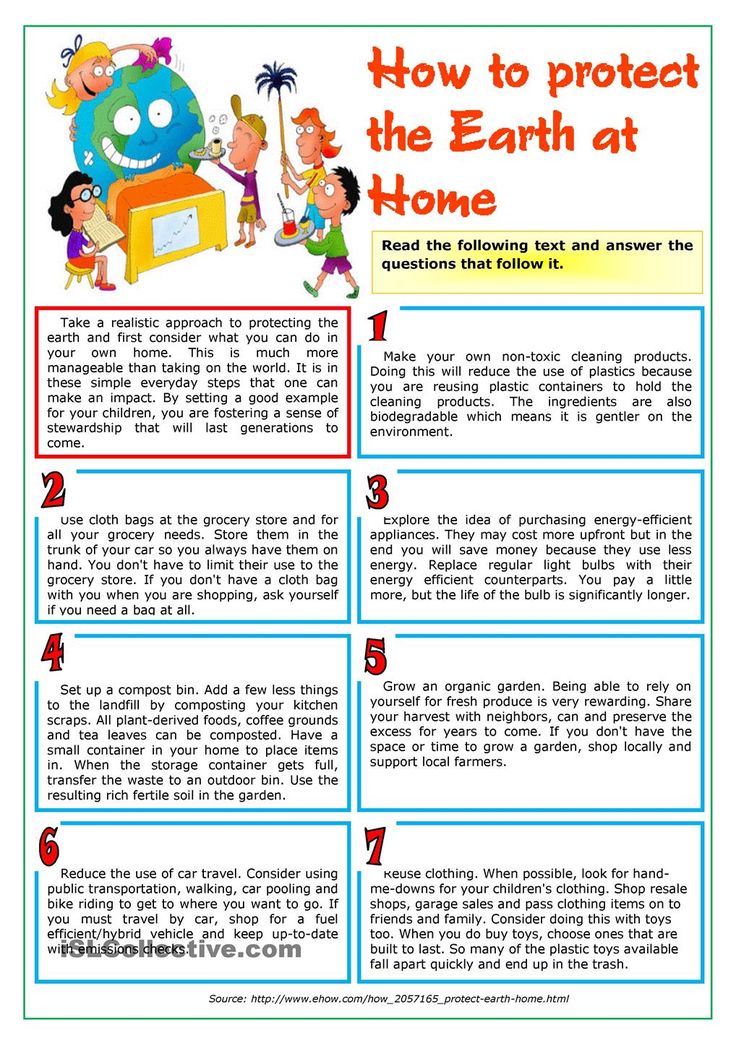
How to read with children so that everyone is interested: talk about the author and ask questions
Children are given lists of literature for holidays. And not all schoolchildren are happy to read. Our blogger Ekaterina Buneeva tells how to read books with children and make this process interesting and meaningful.
For many years my work has been connected with teaching children to read productively. The result of such reading is a full perception and understanding of the text. A competent reader is able to extract all types of information from the text: factual (what is said directly, explicitly), subtext (what the text does not say directly, but is read "between the lines") and conceptual (the main meanings of the text, his so-called main idea). And that's not all. A literate reader reads different texts in different ways, that is, depending on the purpose of reading, he uses the methods of either introductory, or viewing, or studying reading. How to teach this to a child? nine0003
The technology of productive reading can help here (the authors of the technology are E. V. Buneeva and O.V. Chindilova), which includes 3 stages of working with text and certain methods of working at each of the stages. There are variants of this technology for the work of a teacher with children in the classroom and for individual reading of parents with a child.
V. Buneeva and O.V. Chindilova), which includes 3 stages of working with text and certain methods of working at each of the stages. There are variants of this technology for the work of a teacher with children in the classroom and for individual reading of parents with a child.
I will tell and show with an example how you can read a text (book) with children so that everyone is interested.
1. Work with text (book) before reading
We read the title of the work, the name of the author, examine the illustrations and / or cover. Based on this information and our reading experience, we assume what will be discussed. That is, we determine the topic of the text (book), emotional coloring (the text will be cheerful, sad, serious), guess who the characters are, etc. Now we need to read the text and check whether our assumptions were justified. This is how you get motivated to read.
2. Working with text while reading
Reading silently
It is good if the child tries to read the text to himself for the first time. It is very important to understand the need for this (even if at first he does not master the entire text himself, at least a fragment, the very beginning), so that the child gradually gets used to the fact that he will read the texts himself.
It is very important to understand the need for this (even if at first he does not master the entire text himself, at least a fragment, the very beginning), so that the child gradually gets used to the fact that he will read the texts himself.
An adult can, of course, immediately read aloud, it depends on the features of the text, the age of the child and his individual abilities. But this should not be just voicing, it is necessary to use special techniques during reading: commented reading and dialogue with the author, about them a little later. nine0003
Then you need to talk with the child about what he understood and felt, what he thought about. Already at this moment, one can ask which assumptions made before reading the text were confirmed and which were not. First, let's listen to the child, and then express our opinion.
We read aloud, we have a dialogue with the author of the text
Then follows a “slow” repeated reading, during which the actual analysis, deep understanding takes place, and one’s own interpretation of the text arises. If an adult reads the text aloud, then re-reading is not necessary: in the process of reading, he comments on something if necessary and conducts a dialogue with the author, involving the child in it. nine0003
If an adult reads the text aloud, then re-reading is not necessary: in the process of reading, he comments on something if necessary and conducts a dialogue with the author, involving the child in it. nine0003
The “dialogue with the author” technique (developed by a group of psychologists led by Professor G.G. Granik) suggests that in the process of reading the reader sees hidden questions in the text, formulates them (these are questions to the author), tries to predict the answer , and then, having found the answer in the text, checks himself. And with the help of short comments, you can evoke an emotional reaction and pay attention to important details of the content (the technique is called "commented reading").
Discussing content
Next, we need to talk about the content of the text. When you saw an emotional reaction to the text, made sure that the child understood the text, invite him to expressively read aloud a small passage that he himself chooses. “Reading with expression” means expressing with the help of voice, intonation, logical stress, etc.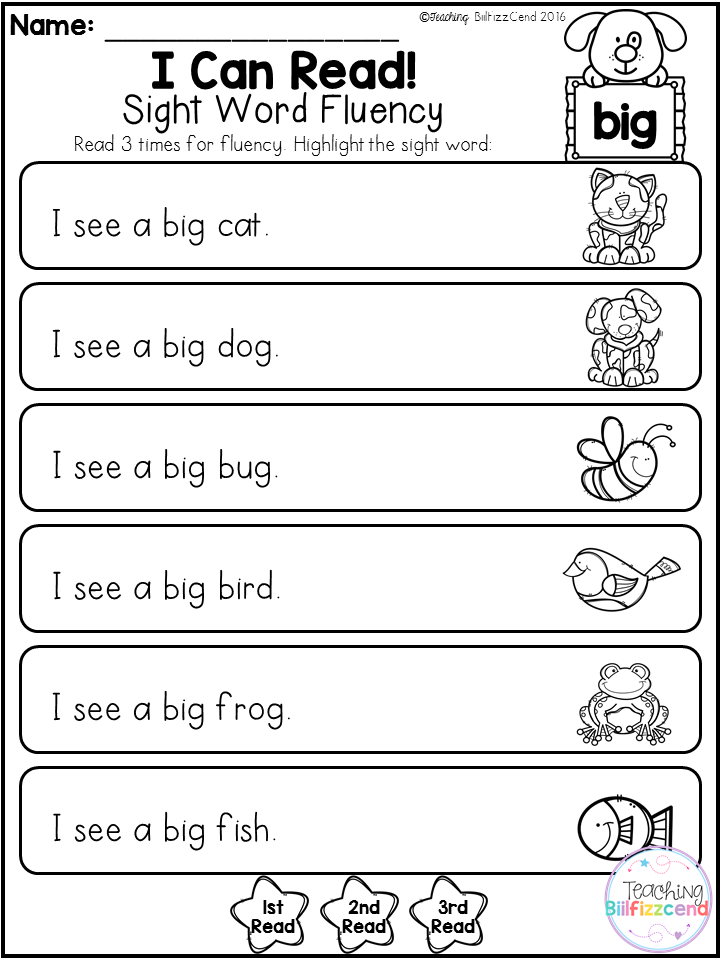 exactly how you understood the text.
exactly how you understood the text.
That is why the child must first learn to read the text independently to himself, then aloud together with an adult, and only then aloud expressively. And an adult can offer his own version of expressive reading later, that is, not before, but after the child (“How interesting you did it! And I would read it like that ...”). nine0003
3. After reading
At this stage, it is necessary to discuss what has been read and try together to understand why the author wrote this story (story, fairy tale, play). That is, try to formulate the main meanings of the text. This moment is important: it helps to correlate the reader's interpretation of the child with the objective author's meaning.
Next, it would be good to talk about the writer. If you know any bright, interesting facts of his biography, tell us. And be sure to ask the child what kind of person the author of the read text seems to him: how he relates to people, to life, what he likes and what he does not agree with, does he have a sense of humor, etc.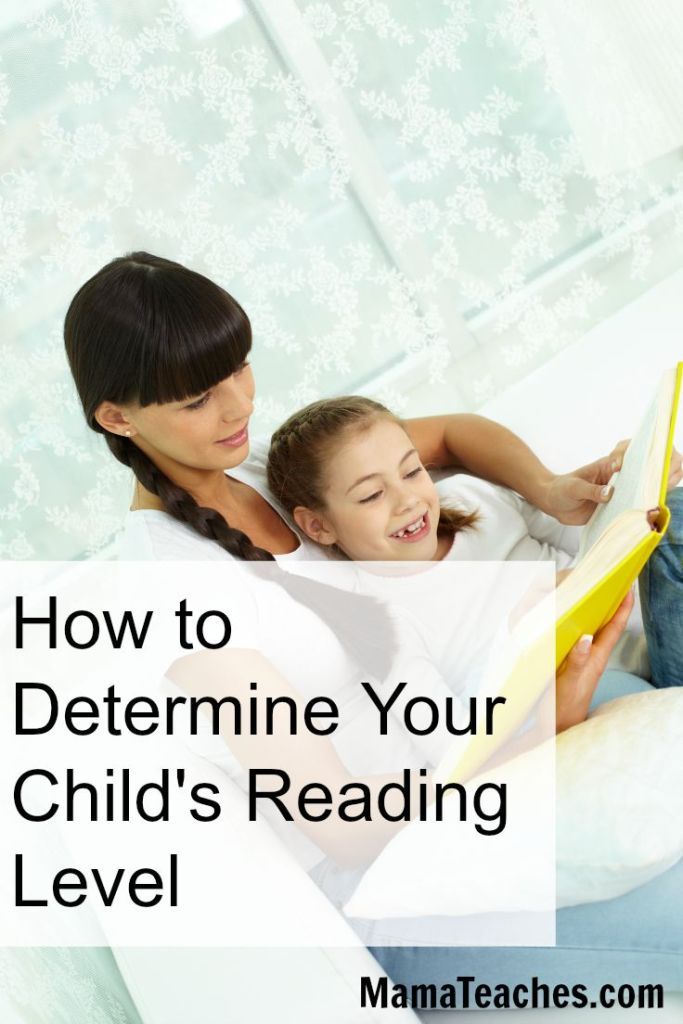
It is very useful to return to the title and illustrations: discuss the meaning, compare your reader's idea with the artist's vision (after all, the artist is also a reader: before drawing an illustration, he read and understood the text in his own way). You can offer the child a creative task, depending on his inclinations and interests: draw an illustration for a favorite piece of text or a filmstrip for the entire text, retell on behalf of different characters, stage; choose a piece of music that matches the character of the hero. nine0003
If a child is just learning to read, they must first go through several very important steps: work on understanding individual words, then sentences, and only then move on to texts.
I will show by example how you can read the text together in the technology of productive reading.
Julia Simbirskaya "Who is better?"
Somehow soap, washcloth and Petya gathered for a competition: who will clean up better and faster.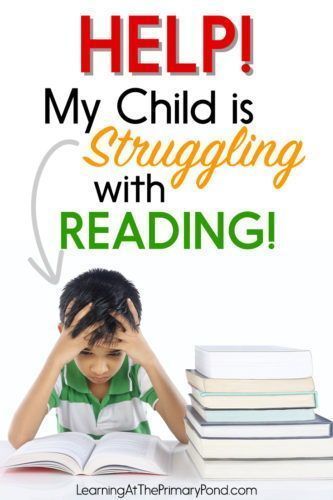 Petya splashes - splashes up to the ceiling! The washcloth has taken on water and lies on the water, sways, blows bubbles. And soap let's dive. Foam. Then he lathers a washcloth, then Petya, then a washcloth, then Petya ... The competition is over. nine0003
Petya splashes - splashes up to the ceiling! The washcloth has taken on water and lies on the water, sways, blows bubbles. And soap let's dive. Foam. Then he lathers a washcloth, then Petya, then a washcloth, then Petya ... The competition is over. nine0003
— Well, who did the best cleaning? Petya is clean, ruddy! Washcloth - fluffy, shiny! Where is the soap?
Before reading:
- Read the title. What would you like to ask? What can be assumed?
- Who is the author of the text? Is he familiar to you?
- Look at the illustration. What else can you guess about the content of the text, what can you guess?
While reading
- Read the text silently. Put stress on difficult words. When the child has read, we ask: so who did the best wash, what do you think? We accept the answer, but do not comment
- Now read aloud. An adult reads, comments and engages in a dialogue with the author. The motivation for rereading is to check if the child is right.
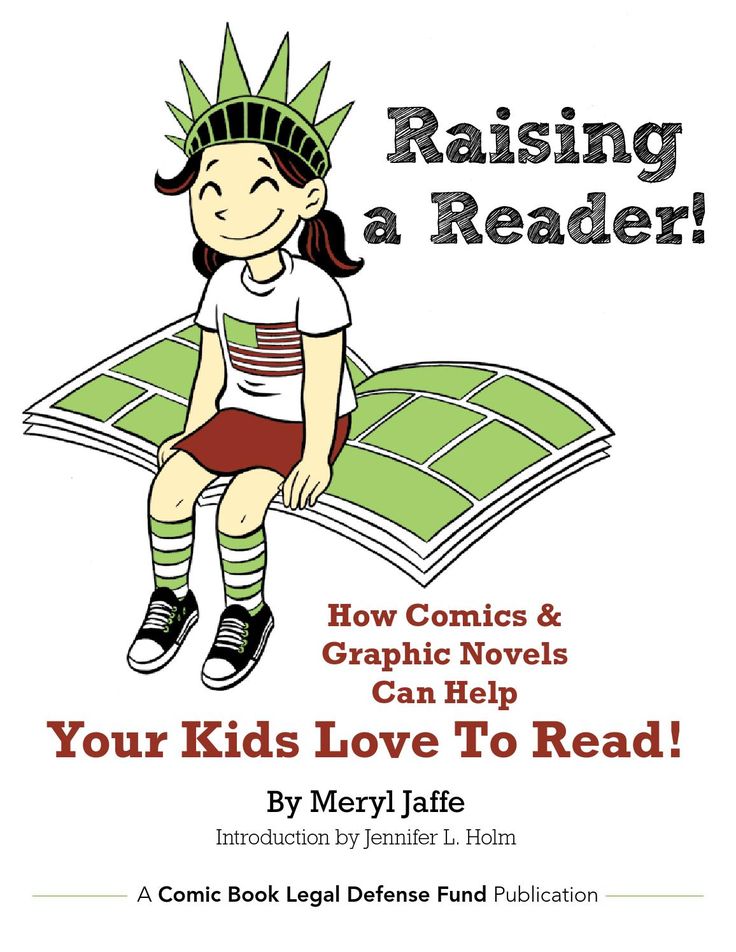 Legend: B - a question to the author of the text; O - the answer of the child, which he assumes; P - check yourself: and here is the answer given by the author of the text.
Legend: B - a question to the author of the text; O - the answer of the child, which he assumes; P - check yourself: and here is the answer given by the author of the text.
Somehow soap, washcloth and Petya gathered for a competition: who will wash better and faster. (Q. I wonder where they gathered? Guessed it? Oh. We accept the child’s answer, but do not comment.) Petya is splashing - splashes up to the ceiling! (Imagine?) The washcloth has taken on water and lies on the water, sways, blows bubbles. (Introduced?) And let's dive soap. Foam. (Q. Why does the soap dive? A. We listen to the child’s answer, but do not comment) It will soap the washcloth, then Petya, then the washcloth, then Petya ... (P That’s why the soap dived: to get wet and soap everyone!) The competition is over. - Well, who was the best to clean up? (Can you answer? A. We listen to the child’s answer, but do not comment) Petya is clean, ruddy! (Did you see such Petya?) Washcloth - fluffy, shiny! (Introduced?) And where is the soap? (Really, where? A.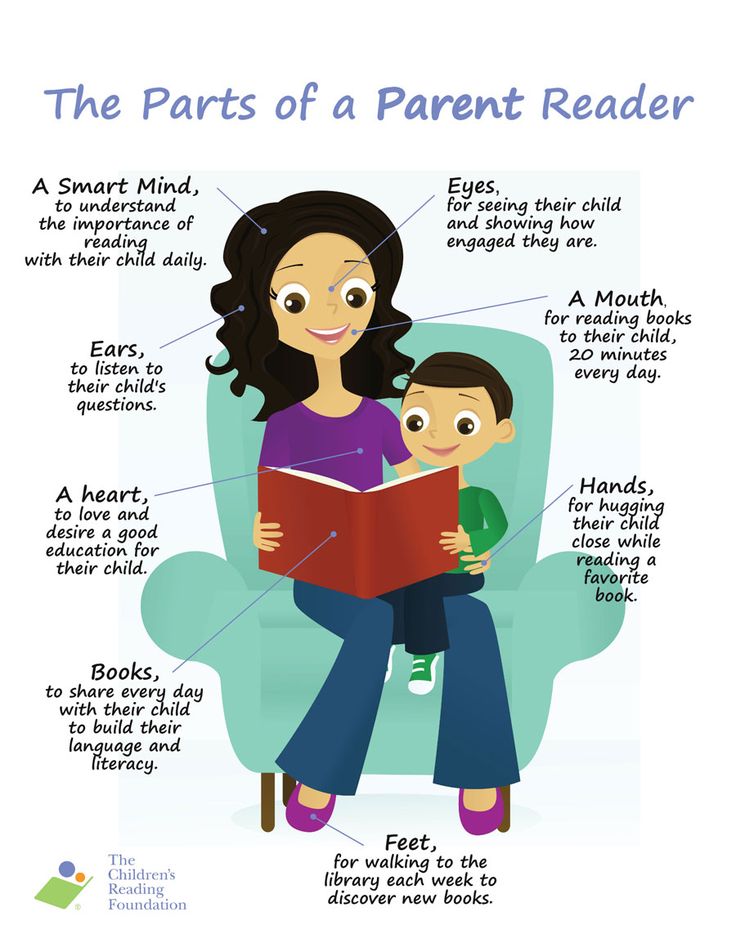 We listen to the child's answer.)
We listen to the child's answer.)
After reading
- Which sentence most accurately conveys the meaning of this text - answers the question in the title? Choose.
A. Petya and the washcloth washed best of all, because the soap helped them. All well done!
B. It is impossible to determine who is better, because the soap dropped out of the competition.
B. The best soap.
- What does this text tell about the author? (A child can say that Yulia Simbirskaya is cheerful, with a sense of humor, knows how to tell interesting things, knows and understands children - after all, many children do not like to swim, so she came up with such a competition ...)
- Examples of creative tasks for this text: draw the participants of the competition on the podium, tell this story on behalf of one of the heroes (on behalf of Petya, soap or washcloth).
(This example is taken from the textbook "Learning to read and understand the text.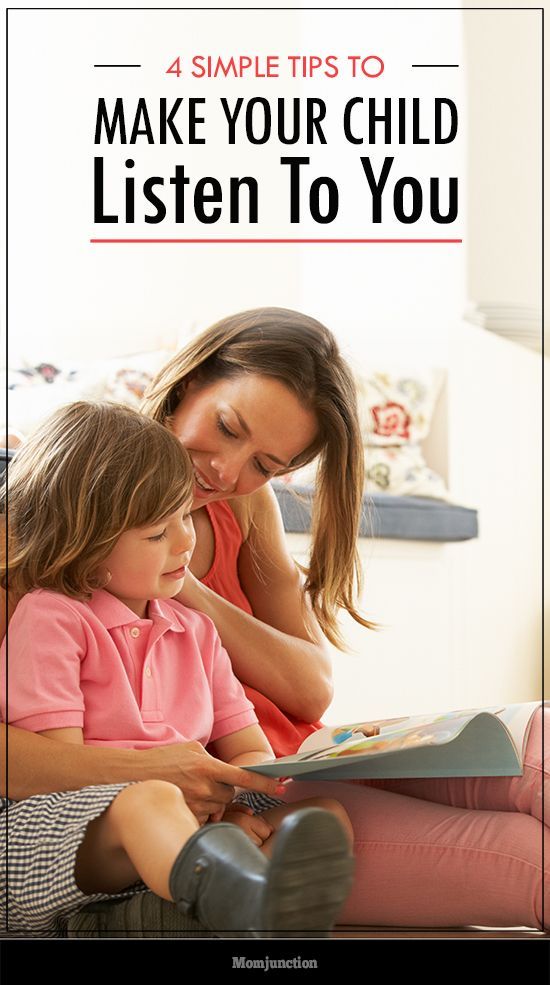 Literary reading. Grade 1", authors E.V. Buneeva, O.V. Pronina, I.V. Kuznetsova, Balass publishing house, M. , 2018)
Literary reading. Grade 1", authors E.V. Buneeva, O.V. Pronina, I.V. Kuznetsova, Balass publishing house, M. , 2018)
You are in the "Blogs" section. The opinion of the author may not coincide with the position of the editors. nine0096
Photo: Shutterstock / Romrodphoto
10 Fun Ways to Get Kids Reading
Despite the fact that today almost everyone carries a large part of the world's library in their pocket, the overall level of literacy, erudition and horizons of children is not increasing. And here we are again faced with the eternal question: "What to do?". And this is not a rhetorical question at all. It is necessary to show children that reading can be fun and positive emotions. Alikhan Dinaev, based on the research of the philologist and teacher Evgenia Abelyuk, and based on personal experience, talks about ten effective techniques. nine0003
1. Read aloud to children
And start as early as possible. Many experts, based on scientific research, advise starting literally from the first day of a child's life.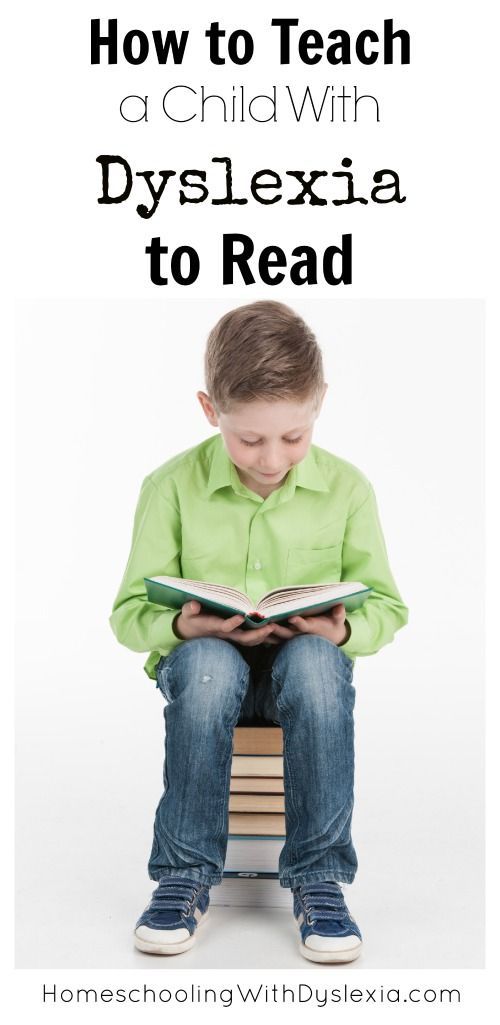 The more you talk to him, the more he hears the words around him, the faster he will speak and become interested in books.
The more you talk to him, the more he hears the words around him, the faster he will speak and become interested in books.
2. Show your acting talents
At the same time, you should not mumble something incoherent under your breath, but read "with feeling, with sense, with arrangement." Read as if you are the only actor in a big play playing all the roles at the same time. Say the words of a child in a sweet and funny childish voice, the words of a grandmother in an senile female voice, dilute the speech of some monster with frightening notes. nine0003
If the author writes that the hero shouted, shout, if he whispered, do the same! And if he howls, then why not play the role of a wolf for a few seconds by the light of the moon?
Do you think this is funny? That is how it is. But who said that if it looks comical, then it's bad? Believe me, the children will be completely delighted, and their sincere and contagious laughter will spread throughout the house.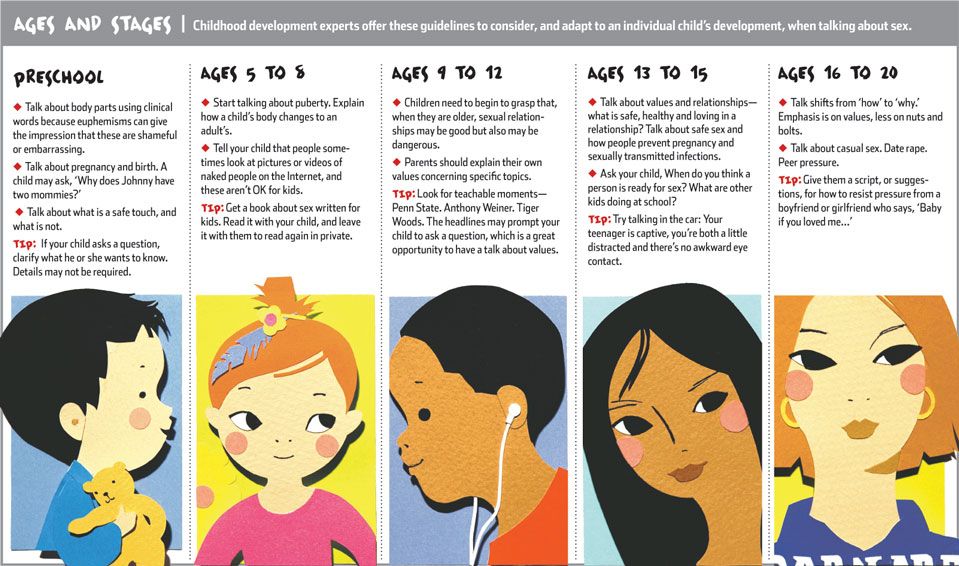 The author of these lines successfully tried this method on his nephews. It equally captures an 11-year-old fifth grader, and 7-year-old girls, and even a 2.5-year-old boy who, showing miracles of endurance, listened enthusiastically to the story from the book "Charlie and the Chocolate Factory" for almost 15 minutes. And when his grandfather began to loudly ask about what they were all doing here, the child who still could not really speak put his index finger to his mouth and said: “Shh!” nine0003
The author of these lines successfully tried this method on his nephews. It equally captures an 11-year-old fifth grader, and 7-year-old girls, and even a 2.5-year-old boy who, showing miracles of endurance, listened enthusiastically to the story from the book "Charlie and the Chocolate Factory" for almost 15 minutes. And when his grandfather began to loudly ask about what they were all doing here, the child who still could not really speak put his index finger to his mouth and said: “Shh!” nine0003
3. Read until the most interesting part - and stop
Use the same trick as screenwriters with directors of good series. Usually an episode or an entire season ends at some unexpected, climactic moment, forcing viewers to wait weeks or months to continue, discussing almost every frame of the last episode. The same can be done in reading books: the child will look forward to continuing. And many simply cannot stand it and will ask to be taught to read as quickly as possible in order to find out how it all ended.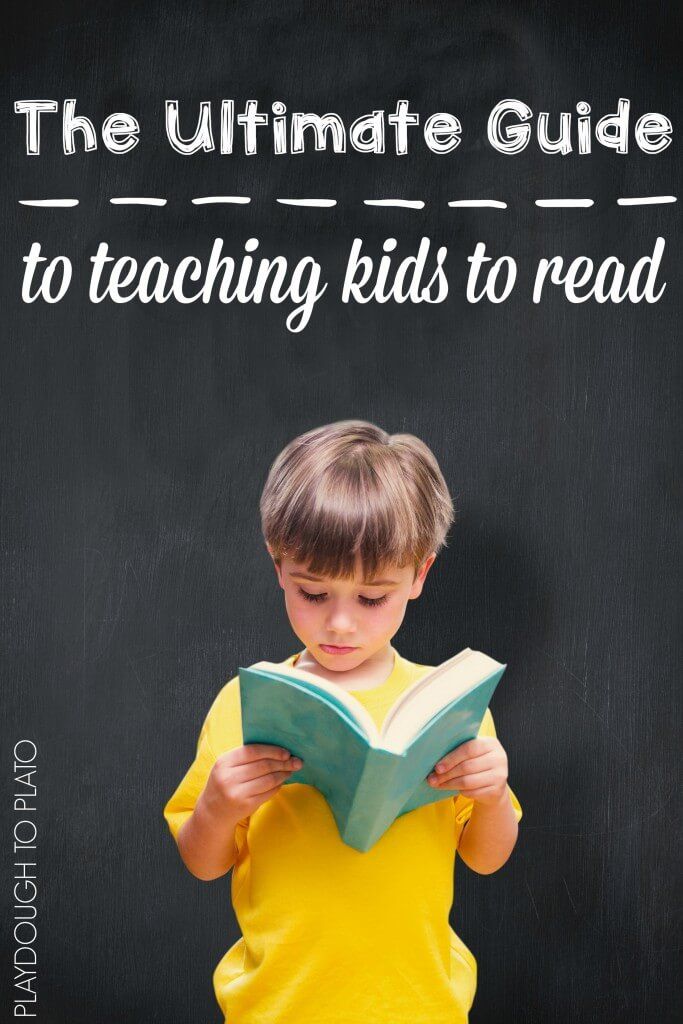 If you apply this method to a child who already knows how to read, then for sure he will look for a book the next morning and read it himself. nine0003
If you apply this method to a child who already knows how to read, then for sure he will look for a book the next morning and read it himself. nine0003
4. Let the child choose the books himself
Today, publishers make such beautiful covers for children's books, they are so colorful that they are sure to attract the attention of even the most selective child. Try to teach your child to be surrounded by books everywhere. Go with them to bookstores and let them wander through the rows of books, explore all the shelves. Take the kids to the library, show them how beautiful it can be. And if the library turns out to be large, then any preschooler or student will be impressed for a long time by its size, beauty and views from the windows. nine0003
5. Lead by example
This is probably the key piece of advice. Parents should read for themselves. Otherwise, the likelihood that their children will be carried away by reading is extremely small. Let children from an early age regularly see you with a book in their hands, read and study your home library.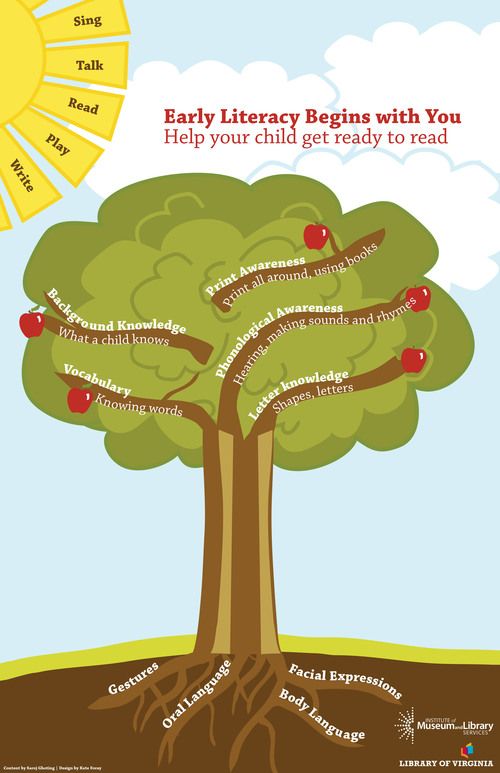
6. Introduce your teenager to book apps
There is nothing wrong with reading electronic books instead of classic paper books. And if the phone has already become a natural and integral extension of the hands of your children, then let them use it to good use. Invite them to download, for example, the Bookmate app. This is not just a reader with a huge library. It is also a real social network for book lovers, where they can find new friends, share experiences and exchange bookshelves. nine0003
7. Draw parallels between the characters and yourself, find common and different things
Compare literary characters with yourself, relatives, friends and, of course, with the child himself. Ask him a question: “How are you like the Little Prince? And what makes you different? And what would you do in his place, if you met the Fox? These and similar questions fuel interest in the content of a novel, short story, or fairy tale.
8. Make an adventure out of a book and look for hidden meanings in it
A good book always has room for riddles.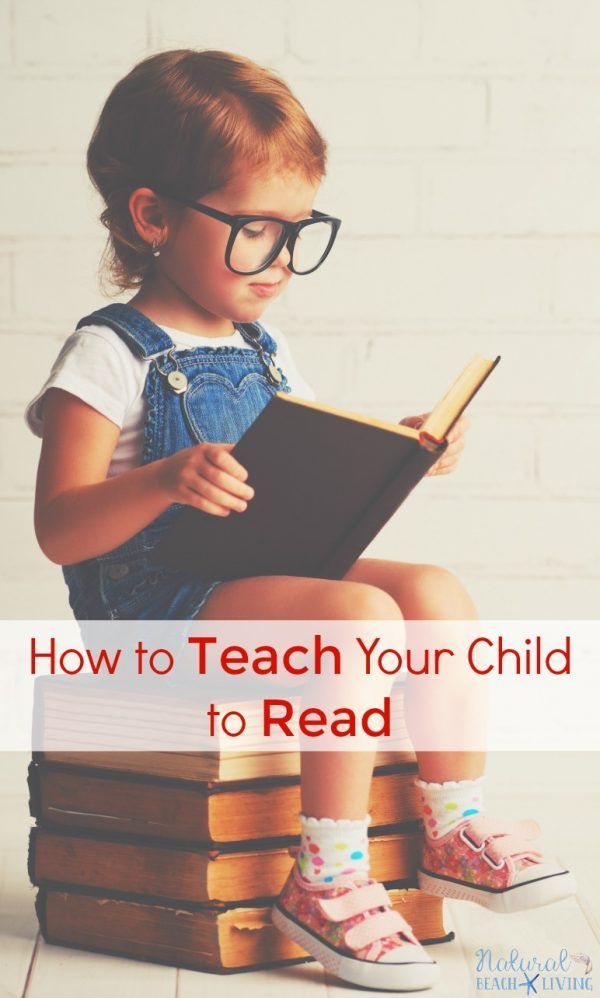 And if a student reads, for example, Jules Verne, then they are there on almost every page of any work. But you can ask yourself other questions as well. How to get Oblomov off the couch? How to help Mumu escape from Gerasim and save her from death? nine0003
And if a student reads, for example, Jules Verne, then they are there on almost every page of any work. But you can ask yourself other questions as well. How to get Oblomov off the couch? How to help Mumu escape from Gerasim and save her from death? nine0003
9. Illustrations for a book can change attitudes towards it
Sometimes it is important for a young reader to see the main characters and the places where they live. Pictures, drawings, graphics - all this can be of great help. And if your child is not even interested in Harry Potter, then he is unlikely to refuse the same book, recently published with illustrations by British artist Jim Kay. His drawings amazed even JK Rowling. They are so beautiful, bright and exciting that you want to look at and study them all the time. They interest and captivate, giving room for fantasy and imagination. And this is what we need. nine0003
10. Choose the right books
Of course, all ages are submissive to many books.